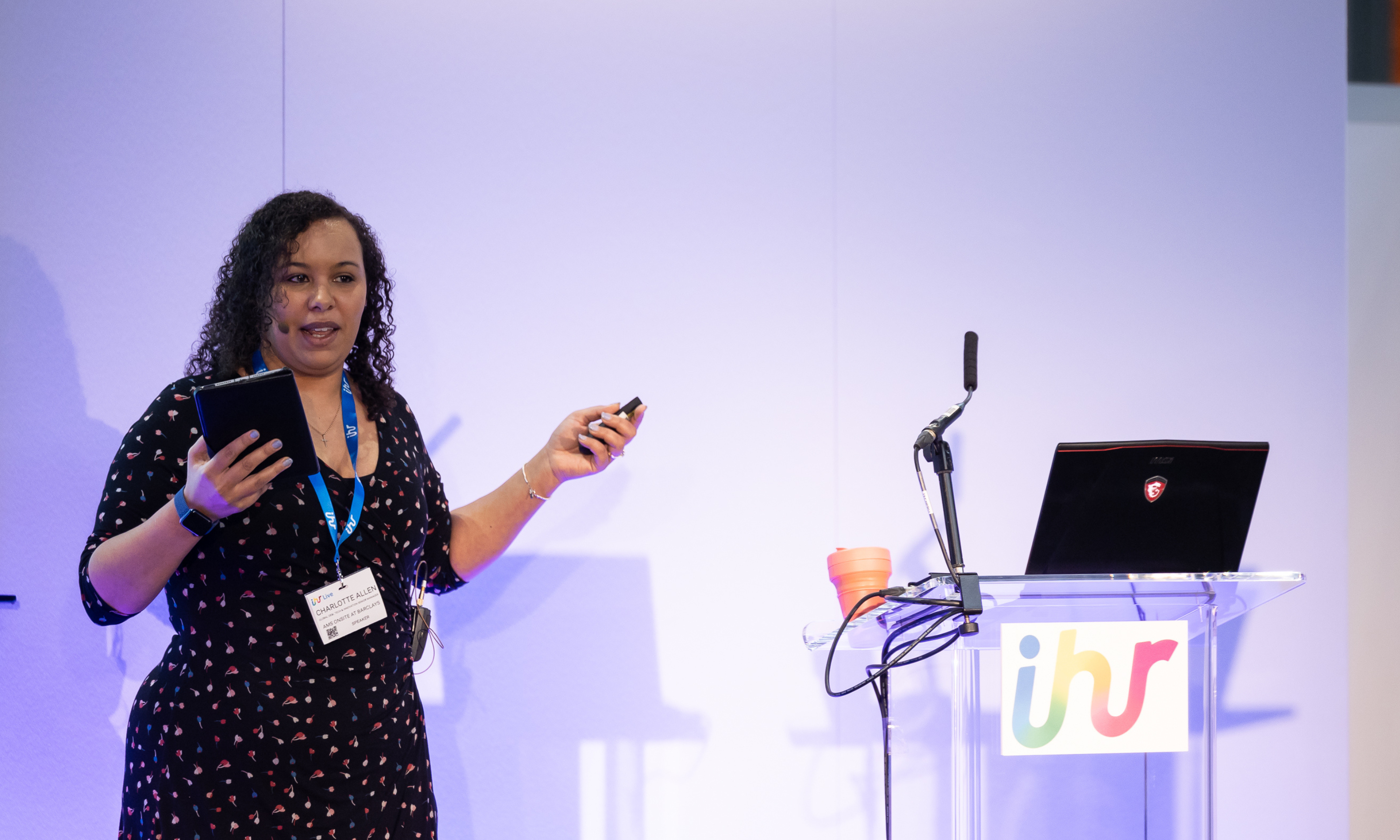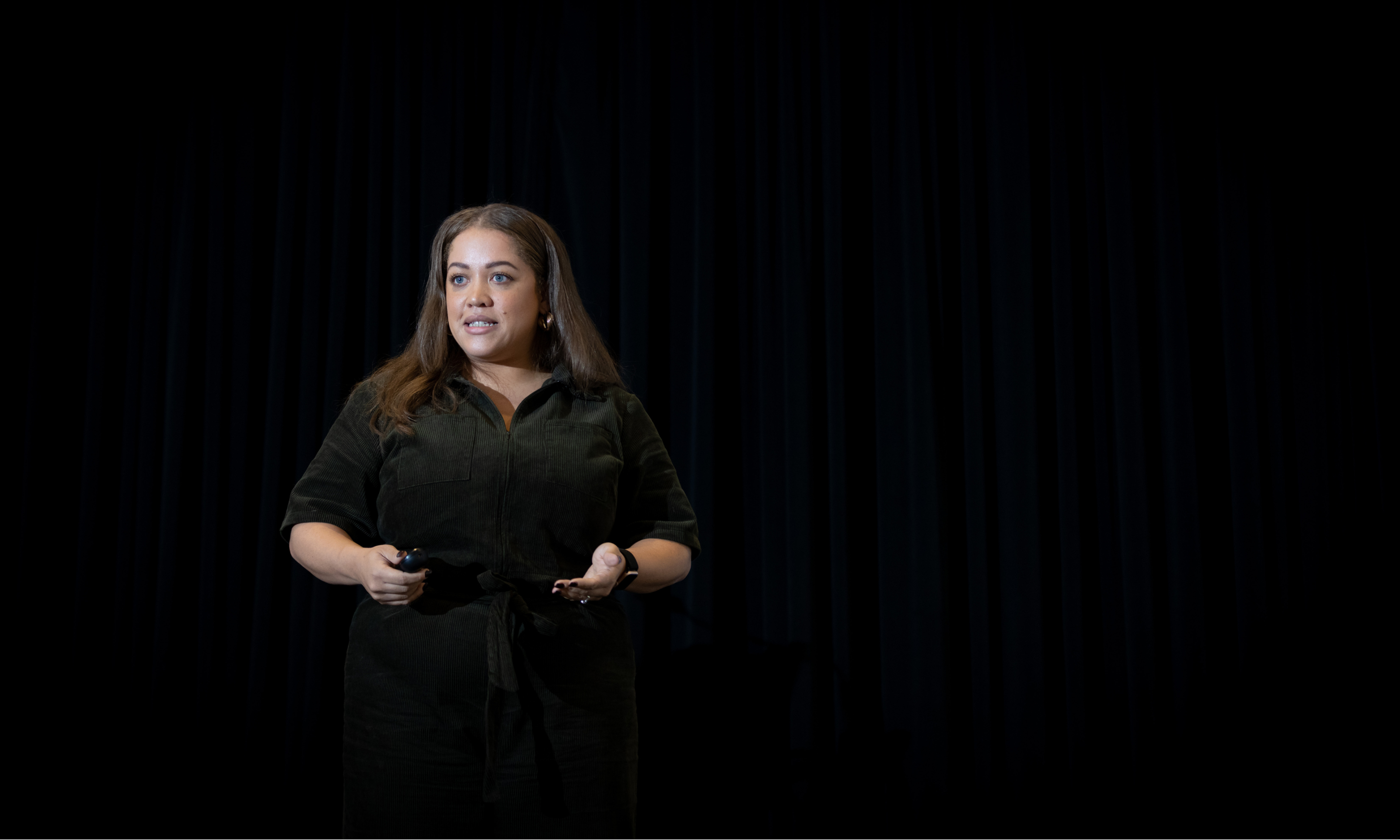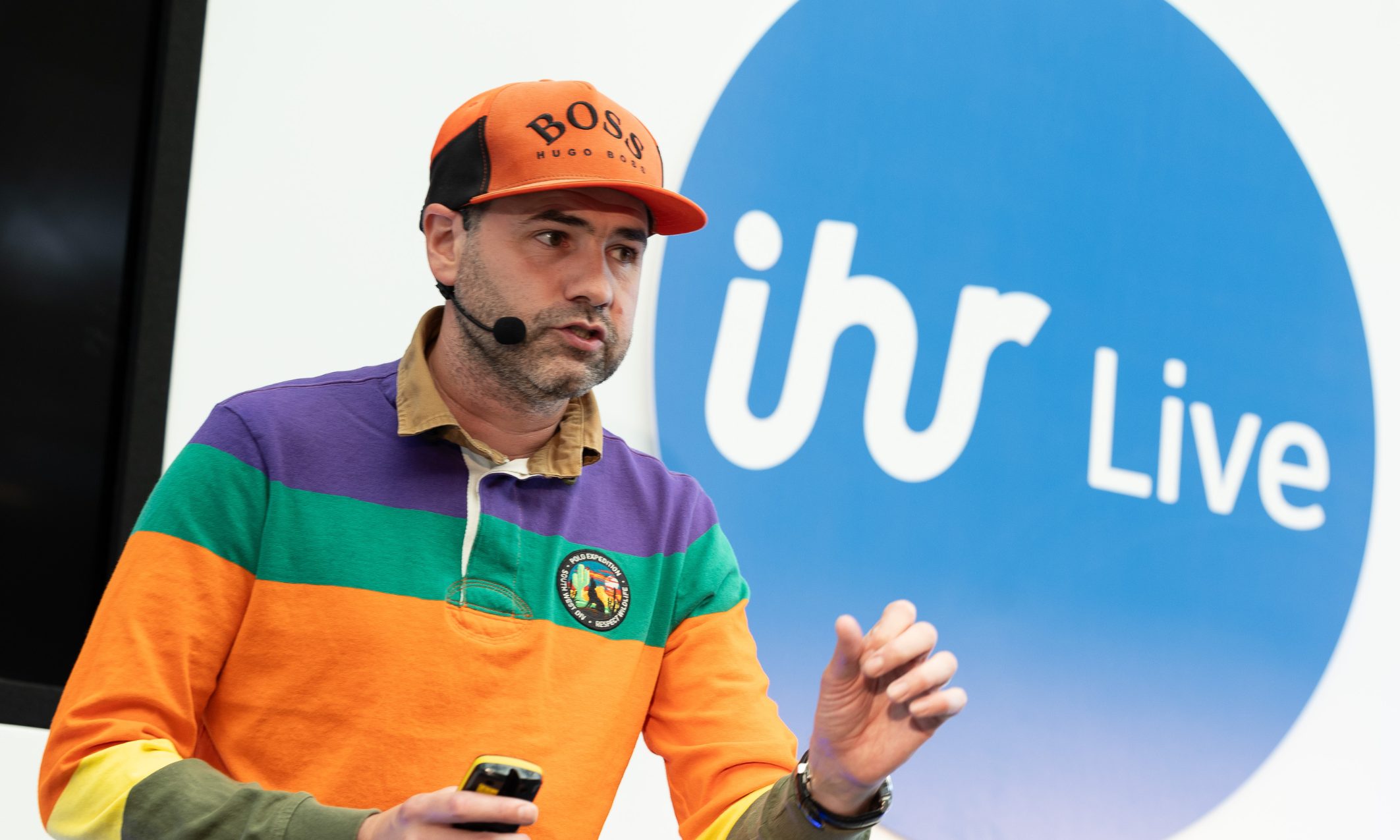The decision-making styles of senior leadership shape the culture and preferred business models of any organisation.
Take Rohan and Susan for example, who both hold a senior role within a construction firm. Rohan has a wary approach to risk and decision making. This means he is likely to be ultra-sensitive to the vulnerability and risk exposure of any proposal. He is zealous about eliminating uncertainty and fervently seeks to establish order and control events. His colleague Susan, however, has an adventurous approach to decision making. She is curious, agile and eager to explore new ideas. She gives greater weight to the possible rewards than to the potential pitfalls.
So how do these differences in approach impact the decision making of the firm? Can you see the fundamental importance of individual decision-making styles in determining business outcomes? These differences might be a source of friction but, in a climate of openness and mutual respect, they combine to form a creative tension that delivers a more balanced decision-making process.
Let’s add another colleague, Nadia, into the mix. If, like Rohan, Nadia had a wary approach to risk and decision making, in combination, their decisions would become so risk averse that the company would easily allow good opportunities to pass them by. Alternatively, if Nadia had a similar risk disposition to Susan, the team might seize opportunities but fail to evaluate the longer-term, potentially damaging, consequences. The point is that when all team members approach risk and decision making in the same way, the like-mindedness may feel comfortable and reassuring, but beware, complacency is a potent recipe for groupthink. Diversity amongst decision makers ensures greater scrutiny. The ability to measure these differences reliably puts group decision-making dynamics in the spotlight and supports the development of individual and team insight into the decision-making process.
How Can Cognitive Diversity be Assessed Within Recruitment?
Organisations increasingly recognise the importance of various forms of diversity within the workforce. Amongst the diversities to consider are cognitive dispositions that reflect the way people think and make decisions. Risk dispositions, for example, shape the decision-making culture and have potentially profound consequences. Whatever overall template of diversity an organisation advocates and aspires to, it is also important to monitor this highly significant aspect of human diversity – taking care of the dynamic undercurrents of organisational decision making. Like Rohan, Nadia and Susan, we each have decision-making propensities that come naturally to us. Neuroscience informs us that decision making involves both Emotion (how anxious or fearless risk embracing we are) and Cognition (how much precisely we need to know before we decide), we can plot individual scores onto both of these dimensions. The Risk Type Compass, a highly reliable psychometric, groups all combinations of these two variables into eight distinctive Risk Types that are evenly distributed. Each Risk Type is characterised by risk dispositions that influence the perception of risk, reactions to risk or uncertainty, and style of decision making.
How Can Cognitive Diversity be Implemented as Part of Recruitment?
It’s important for recruiters to appreciate how dramatically different ways of thinking will contribute to the decision-making style of the leadership team and the organisation as a whole. Employees that are aware of their own individual risk dispositions, and how these might fit into the team, are able to take personal responsibility for their unique decision-making biases, harnessing strengths while recognising limitations and blind spots. This awareness encourages a diversity of inputs from those who view the world quite differently. Potentially, this open mindset fosters mutual respect and transforms potential conflict into creative collaboration – and that makes a huge difference.
In pursuit of diversity objectives, be sure to include the less obvious individual differences, including risk dispositions, that underpin the organisation’s decision-making culture.
- Recognise the importance of openness and mutual respect that fosters collaboration and the creative tensions required to address the challenges of disruptive technical innovation.
- Adopt a ‘person-centric’ approach to managing change, developing human and social capital to build reliance and fluidity.
- Use reliable metrics to ‘audit’ decision-making teams and to manage the ‘risk landscape’ in ways that resist groupthink by raising self-awareness
Partner

Psychological Consultancy Ltd. (PCL), is a firm of business psychologists, that utilise their world-renowned assessment portfolio and consulting expertise to support clients globally. Their tool, the Risk Type Compass, uses a personality-based approach to assess the human factors that drive decision making and behaviour.






